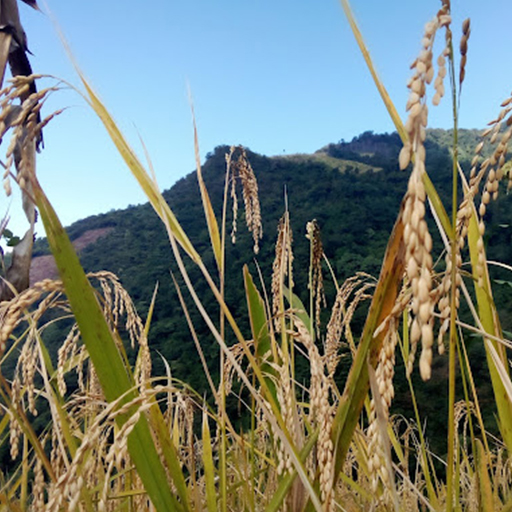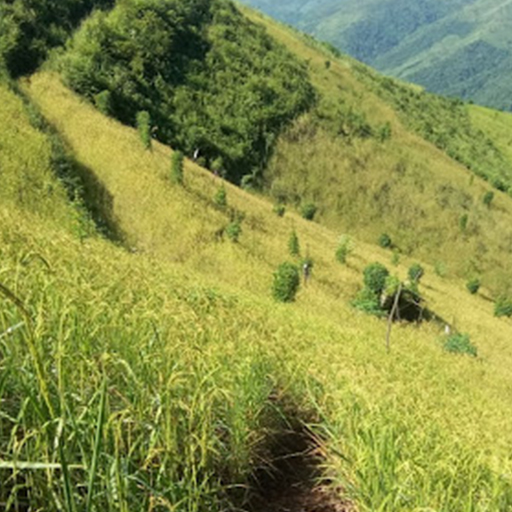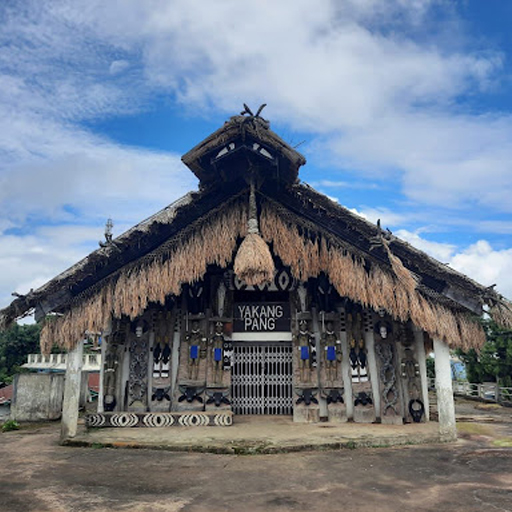Indigenous knowledge is a system of knowledge that lies outside of the main body of knowledge, produced through the scientific methodology of objectivity, methodology of objectivity, neutrality and experimentation. There occurs to be a growing recognition of the importance of indigenous knowledge in achieving sustainable development.
‘Indigenous’ means people who are original. It comes with direct involvement with the environment and is rarely possible to inscribe to others without the experience. Indigenous people have close association with animals and know their cycle of living like when to hunt / when is the perfect time for them to hunt, the belief that a woman should not touch the equipment used for trapping the birds is considered a (taboo) bad sign, a belief that birds will not be trapped. Traditional knowledge presents a deep understanding of local ecosystems and their interconnections. It has led to the development of sophisticated practices to manage resources and conserve biodiversity.
If we examine Indigenous world views, including those that come from ancient religions, there is always the notion of a well integrated cosmos. Things that are interwoven are not isolated. Indigenous knowledge is based on the sustaining ecosystem and conservation practices of natural resources. It is a practical and ecologically sound knowledge system based on centuries of living close to nature. Nature and Indigenous people are inseparable where nature has given them a world view. The supernatural is present both in animate and inanimate. The Indigenous people acquire their knowledge from their close association and interdependence with nature. Nature constitutes the life of the tribal people and depending on that they construct their knowledge, personality and create folklore. This knowledge on their own habitat is full of information which signifies their close relationship with nature and also supernatural beings/ the benevolent and malevolent spirits.
Naga people have a rich cultural heritage and follow various traditions and practices. Some of the examples are :
- Jhum cultivation: Also known as shifting cultivation practiced by the nagas , rotating of soil after a few years to let the soil regenerate its fertility and a rich harvest.


- Festival: The Nagas celebrate several festivals throughout the year and with each festival with different aspects . For example; Ahuna festival celebrated by the Sumi community during the month of November is celebrated during the season of harvesting as a thanksgiving, invoking the spirits for good fortune. Moatsu festivals are celebrated on the 1st and 2nd of May after the sowing is done.
- Morung: A dormitory, community traditional centers for youths practiced during the olden times, where they gain knowledge, intricate wood carving, traditional musical instruments, and artifacts and various other social interactions which represents the tribes past and identity.

- Headhunting : It was practiced by many naga tribes, which symbolizes bravery by killing his enemy and cutting off his victims head and taking it home as a trophy and was also considered a part of warfare, which were practiced during the past .
Traditional knowledge presents a deep understanding of local ecosystems and their interconnections. It has led to the development of sophisticated practices to manage resources and conserve biodiversity. Indigenous communities view development as a process encompassing social, cultural, and economic dimensions. They understand that development cannot be achieved by focusing solely on economic growth. While science flourishes in an objective academic setting, traditional knowledge has been developed of long intimacy and attentiveness to the surrounding environments.
This Indigenous science is embedded and recorded in the very language and recorded in the very language of a culture, in its stories and practices all of which are reproduced accurately through many generations. Although traditional knowledge is not free from limitations, it must not be overlooked while developing adaptation strategies against climate change and variability. Documenting and preserving oral tradition, keeping of those and recording of the storytelling, educational awareness or of anything that could be kept for the future generations and with their participation to ensure the sustainability. It offers a concrete and communitarian worldview as everything that exists is for the community which should be shared and utilized without exploiting for selfish gains. Additionally, a strong affirmation of the indigenous knowledge is that nature is sacred and this understanding reinforces the idea that nature needs to be cared for.
Lino M Chophy
BA 3rd Semester, Education Honors
Tetso College
